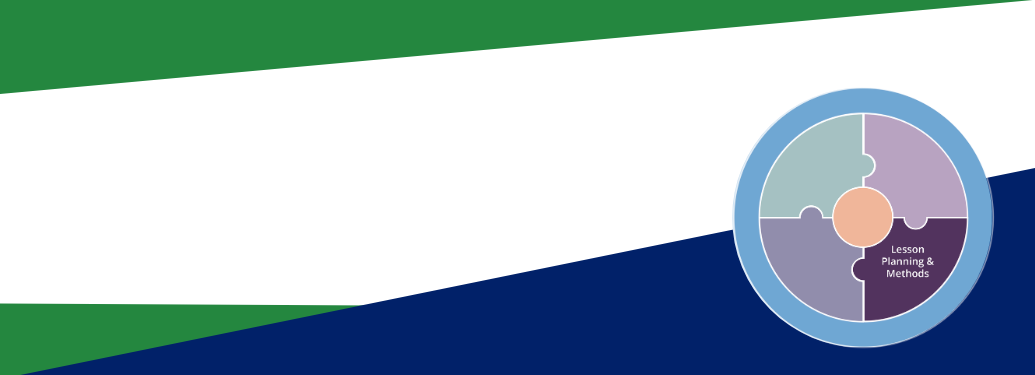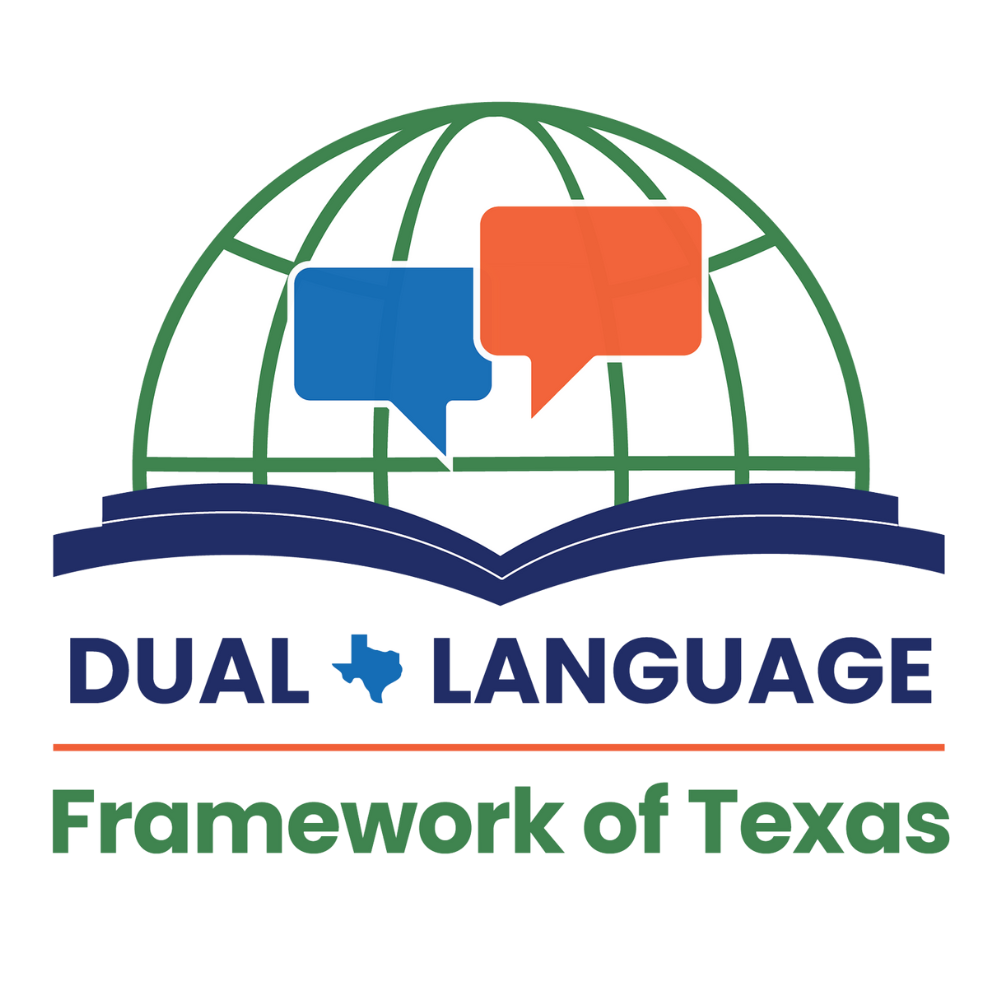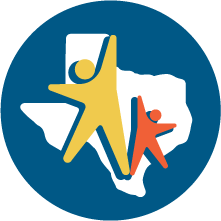
Lesson Planning and
Methods
Lever 4 Essential Action:
Objective-driven daily lesson plans with asset-based approach, Linguistically Sustaining Practices, and data-driven, rigorous, hands-on scaffolded instruction.

Lesson plans include clear objectives, a variety of formative assessments, and rigorous instructional strategies.

4.1.a - Clearly defined language and content objectives that students understand and reflect on at the end of the lesson and the unit.

4.1.b - Effective instructional strategies that build content understanding for rigorous learning and include oracy strategies that build content background knowledge, higher order questioning, hands-on activities, critical thinking, project-based learning & scaffolding.

4.1.c - Grade level planning using formative biliterate assessments that evaluate the effectiveness of the lesson’s language objective across all four language domains and content understanding.

4.1.d - Formative assessment data is used to reflect, adjust, and differentiate instructional policy to accelerate student learning.

4.1.e - Cooperative learning based on cognitive and linguistic skills and differentiated strategies to maximize “on-grade level” learning, regardless of their level.
DLI program includes Linguistically Sustaining Practices,

4.2.a - Linguistically Sustaining Practices and resources include funds of knowledge, high level expectations and goal setting that fosters critical consciousness addressing issues of access to educational opportunities.

4.2.b - Communicate expectations for and monitor implementation of Linguistically Sustaining Practices.

4.2.c - Linguistically Sustaining Practices are included in daily lessons, across content areas and grade levels.
Biliteracy instruction included in all areas of instruction: content, literacy, global awareness, and language by building on authentic connections and metalinguistic analysis.

4.3.a - Explicit language strategies to support biliteracy development in listening, speaking, reading, and writing and incorporated in all content areas to build concepts and content-based language.

4.3.b - Construct and monitor campus-wide initiatives that highlight the targeted and strategic development of academic language based on grade level TEKS in both languages.

4.3.c - Incorporate clear and consistent use of language and academic vocabulary and intentionally plan for contrastive analysis facilitating students to make cross and metalinguistic connections while remaining consistent in language of instruction.

4.3.d - Engage students in cross-language connections, such as identifying cognates and non-cognates, analyzing pragmatics, syntax, phonology and spelling of the two program languages.

4.3.e - Incorporate authentic literacy practices in the partner language that respect the structure of the language and is evident in majority of classrooms.
DLI instruction is aligned to content, language, and literacy TEKS and ELPS in both languages.

4.4.a - Lessons that include listening, speaking, reading, and writing across subject areas to support academic biliteracy development, conceptual understanding, and increased reading & writing skills.

4.4.b - Integration of content, language (bilingualism), and literacy (biliteracy) TEKS in both program languages of instruction.

4.4.c - Authentic literacy practices that accurately reflect the structure of the partner language.
DLI program promotes an asset-based philosophy in planning and instructional practices.

4.5.a - Use asset-based lessons that incorporate enrichment practices to provide accelerated growth in English literacy development and do not rely solely on remedial practices such as pullout and Multi-Tiered System of Supports (MTSS).

4.5.b - Heterogeneously groupings with high-quality classroom instruction, including differentiated instruction and strategies that support cross-linguistic connections.

4.5.c - Consistently monitor and support the implementation of DLI instruction by providing appropriate feedback & coaching for DLI teachers.
DLI teachers engage students in instruction that incorporates strategic use of language of instruction to to promote high levels of language acquisition.

4.6.a - Maintain a strategic use of language of instruction and respect for language variation.

4.6.b - Maintain instruction in English allowing students to draw from their linguistic repertoire to engage and process learning to support goals regarding academic, linguistic, and global awareness.

4.6.c - Establish and communicate a campus-wide language development and assessment policy.

4.6.d - Critical analysis of the differential power and status of language varieties (e.g. indigenous, colloquial).

4.6.e - Establish and communicated district-wide language development and assessment policy.
DLI teachers implement differentiated instruction appropriately.

4.7.a - Differentiated grade level instruction for all students regardless of the academic and linguistic level that aligns methods and techniques to support varied student learning.

4.7.b - Heterogeneously groupings with high-quality classroom instruction, including differentiated instruction and strategies that support cross-linguistic connections.
